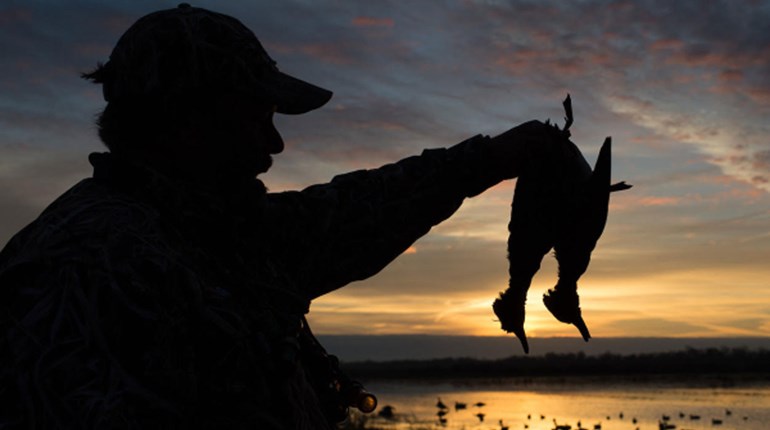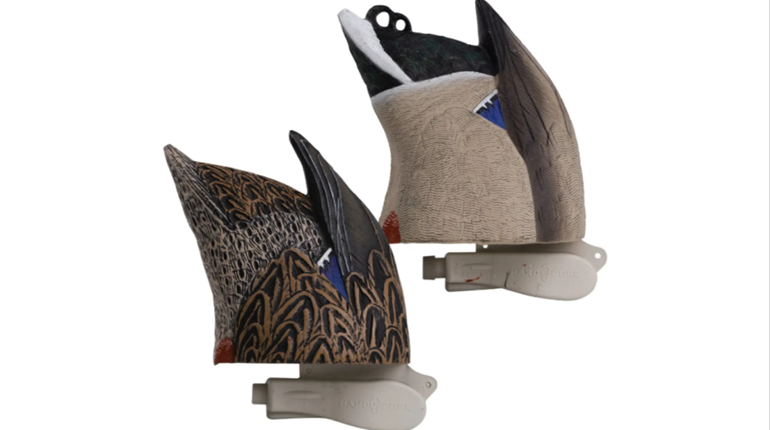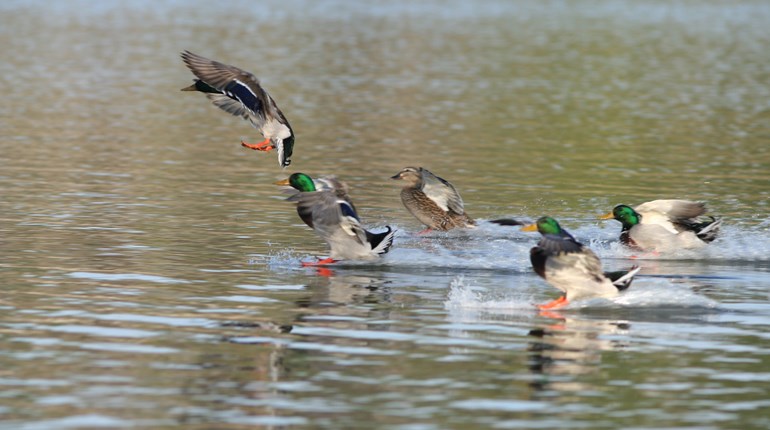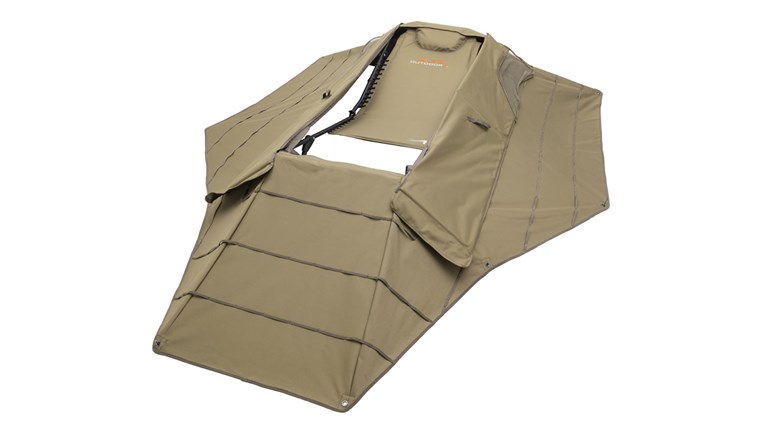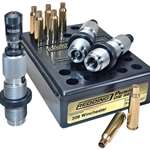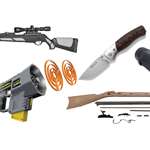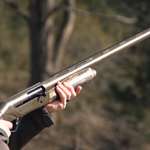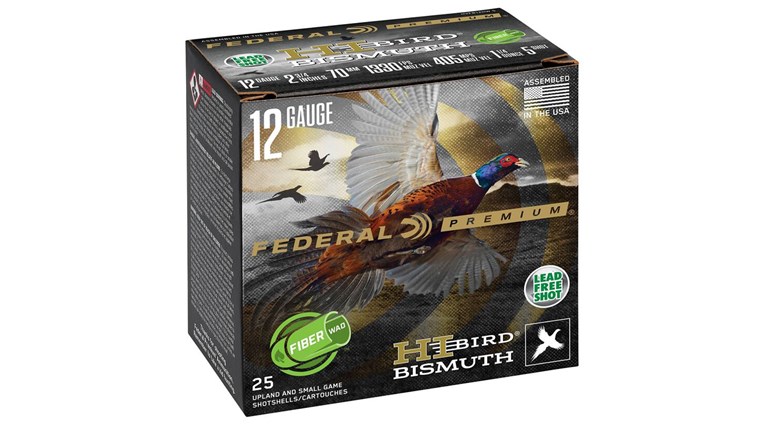
The fourth quarter of duck season is the toughest time to kill educated, pressured birds. But paying attention to three details and making sensible adjustments can turn tough days into big wins.
First, study the weather. I don’t just mean look at your phone and see what’s happening tomorrow. Dive into a detailed weather app in your area and study what storms are doing. Track their rate of travel and figure out how they influence duck movement. Learn if the storm is pushing fresh northern birds down or simply moving stagnant birds around. Scouting and lots of hunting will reveal the answer.
Note how much rain is projected and what temperatures are predicted within any given storm, then correlate those conditions to better understand how, when and where ducks are moving. I used to live in Southeast Alaska. One winter we had over 25 feet of snow. It didn’t come at once, usually in bursts of 2 to 3 feet, then some would melt and more would fall. We went two weeks below zero, unusually cold for the area. More than 300 Canada geese and more than 500 mallards wintered there. Waterfowl can endure storms beyond our comprehension so don’t be under the misconception that a little wind and rain will usher in large numbers of fresh fowl from the North.
Next, pay close attention to the wind. Knowing the speed, direction and predicted duration of winds will tell you exactly where to hunt, or not to hunt. Some places can’t be hunted if the wind direction is wrong because ducks can’t land there. Wind direction will also dictate your decoy arrangement, but if it’s not blowing in a manner conducive for ducks to approach and land, the best decoys in the world won’t help.

When looking at a weather app, tediously break down the shifting of winds. If it’s predicted to change direction several times in a morning, that will help you decide where to hunt, even how to arrange the decoys. If winds are constantly changing, you’ll likely abort the traditional J or U sets and open up landing lanes by setting decoys in groups. I’ve had excellent success the past few seasons running Big Al’s silhouette decoys on shorelines protected from wind. Ducks often bunch up here to escape the wind, and silhouettes are ideal for quickly building a realistic-looking flock.
Lastly, watch the water. If you hunt where water levels fluctuate–either due to rainstorms or high winds–look closely at how rising water in rivers, creeks, even ponds and fields, moves food around. Rising water teamed with high winds can shift an entire food source across the surface overnight, meaning you’ll want to hunt the leeward side of the body of water.
Too much water can also cover food sources, forcing ducks to move if it’s too deep to dabble. If ducks leave an area because high water covers the food, figure out where they went. They have to get food, and high water means ducks are on the lookout for it.
High water often provides access to foods ducks couldn’t reach otherwise.
The edges of sloughs and creek banks, where rising water allows ducks to swim and reach untouched food, are places to scout.
If you hunt in a mild climate, grasses will be greening-up this month. This means wigeon, mallards and pintails will start grazing on the lush green chutes as soon as they find them. Last season I used Moultrie Mobile cellular trail cameras to find new feeding areas in fields, along rivers and amid creeks that ducks moved to when water levels rose. Not only did I find ducks, but buddies and I had several great hunts we otherwise would have missed were it not for scouting with trail cameras.
Once confident you’re in the best spot based on the weather, wind and water conditions, hunt smart. I have a saying hanging in my office: “If you do what you’ve always done, you’ll be where you’ve always been.” Duck hunters are notorious for being stuck in a rut. Don’t keep doing the same things if they’re not working.
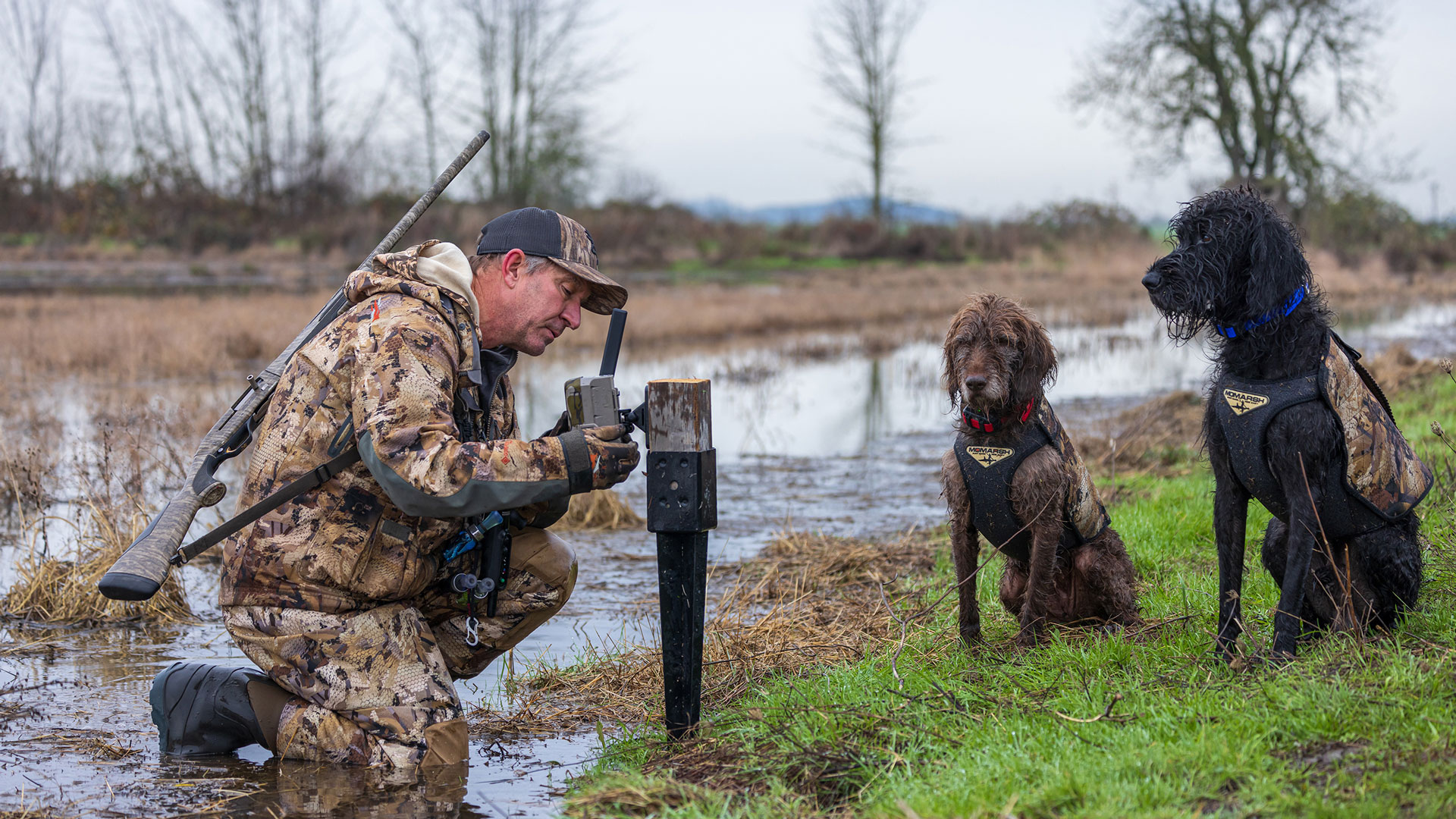
Late-season moves that help me most are a direct result of scouting. Watch birds through optics and trail cameras to see how they’re moving, where they’re feeding, how long they’re preening and where they’re roosting. The information will confirm where to hunt, even how to arrange the decoys.
Coots show up late where I hunt. They gather in tight balls to feed and they’ll also go off by themselves to rob ducks and geese of food they stir up. My confidence coot decoys are a dozen old mallards I painted black. Place six to eight in a feeding ball, the others near goose or duck decoys.
I pull out incessantly spinning wing decoys this time of year because they’re overused and ducks are wise to them. Instead, I run one wing decoy on a jerk cord and lightly pull on the string to rotate the wings only one or two revolutions. Once birds commit, I don’t touch it. Sometimes, less is more.
Adding more white to your floating decoys can be money this time of year. I include more pintail drakes and toss out a half-dozen Final Approach Live Floating Shoveler drake decoys. I’ll also mix in full body mallard decoys with the silhouettes on land during late-season, Saturday morning hunts when public pressure is high. If ducks are looking but not finishing, make changes in your decoy spread or tidy up gaps and edges of your blind.
By tracking weather events you’ll be able to understand, even predict where ducks will be, and when. Most importantly you’ll understand why, which will allow you to establish trends, whereby increasing hunting opportunities for weeks, even years to come.












